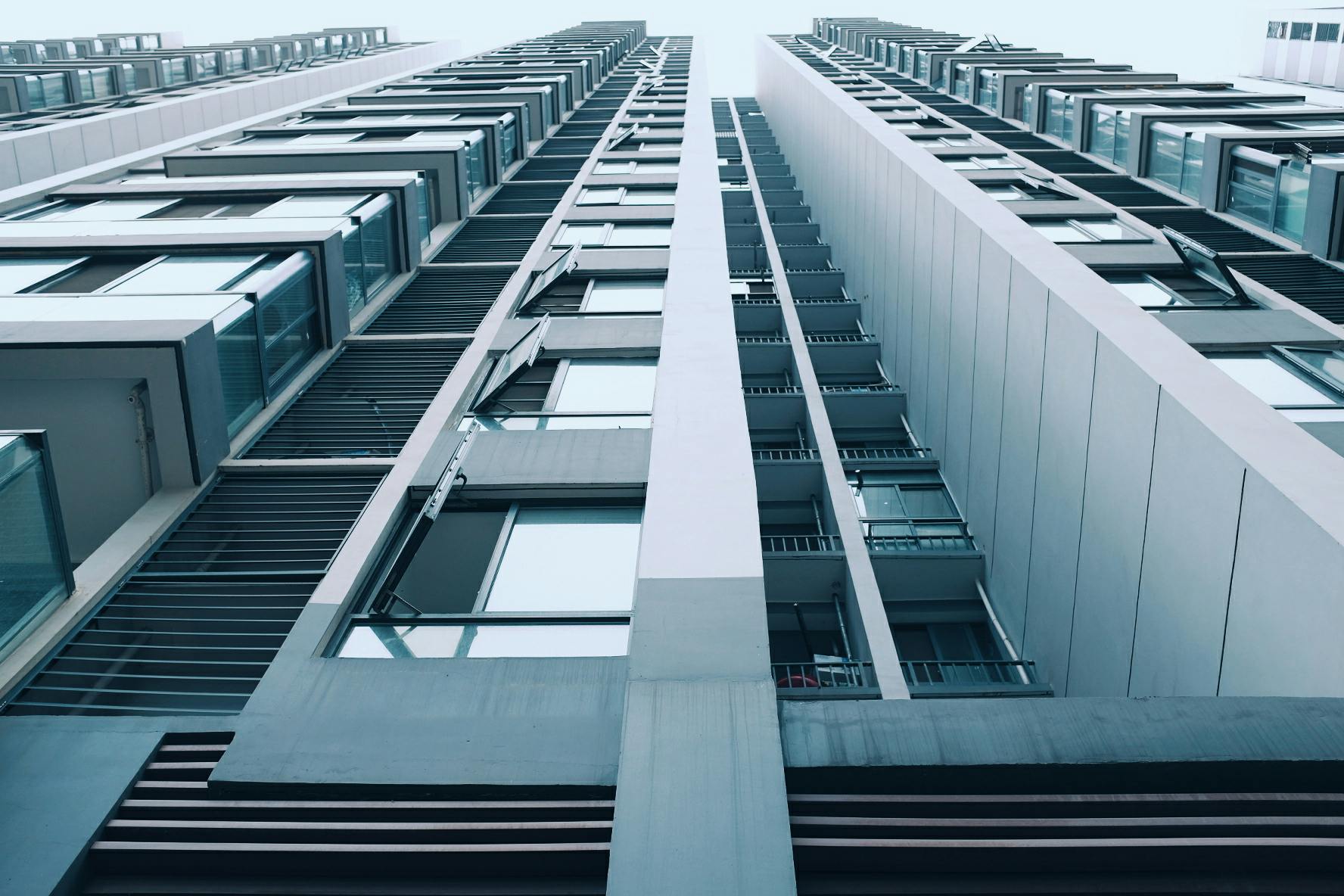
- by admin
Railings are made of different materials, and each has its own characteristics. Among all the materials, metals have become the favorite materials, due to their durability and strength, and different metals have their own characteristics, which gives them their status among manufacturers.
Advantages of metal railings
Unlike PVC, glass and wooden railings, metal railings have their own advantages. The following are some advantages of metal railings.
– Metal makes it easy to build small, lightweight sections to fit a purpose.
– Metal railings are durable as they won’t splinter or corrode like wood.
– Custom designs are possible with these.
– They can be made of plaster or flat product depending on the lifestyle and budget of each one.
– Metal is comparatively a better choice than PVC and wood, especially in outdoor conditions.
– Powder coating the metal ensures a longer life for the metal railing and can help increase its lifespan up to 25-30 years.
– Low maintenance cost is the biggest advantage; wiping with a damp cloth is all you need for cleaning.
Here we present the metals commonly used for the manufacture of railings. In general, many metals are used to make railings, but the most common are:
1. Stainless steel: It is the most widely used metal because it is durable and resistant, as well as being comparatively lighter than other metals. Steel also has the ability to keep its shine for longer and is therefore very low maintenance. The workability of stainless steel is very high and its resistance is greater when passing through mechanical presses. Above all it gives the structure a modern look.
2. Wrought Iron: This is the next favorite metal for railings as it gives the structure an antique look. It is basically maintenance free; all it requires is a good coat of paint and regular cleaning to keep it looking new. The only disadvantage of wrought iron is that it is very heavy and difficult to repair as welding is difficult, and getting the same design is also very difficult, so once broken the only option is complete replacement.
3. Aluminum: lightness and durability are the characteristics that make aluminum one of the favorite metals. The maintenance cost of aluminum is similar to that of stainless steel and it is better when it comes to making square shapes and straight line structures. The workability of aluminum is low compared to other metals, especially when it comes to making curved structures, and therefore it is not the preferred metal for railings.
4. Brass: Once the metal of choice among the rich and famous in medieval times, brass has lost its status to other metals. Today’s railing fabricators rarely use brass, except for plating in a few places, as brass requires regular polishing to maintain its shine.
Therefore, it can be concluded that out of the four metals, only stainless steel is in fashion and is therefore the preferred metal for railing manufacturers.